Blog </>
Abdulkader Safi web and mobile application development blogs
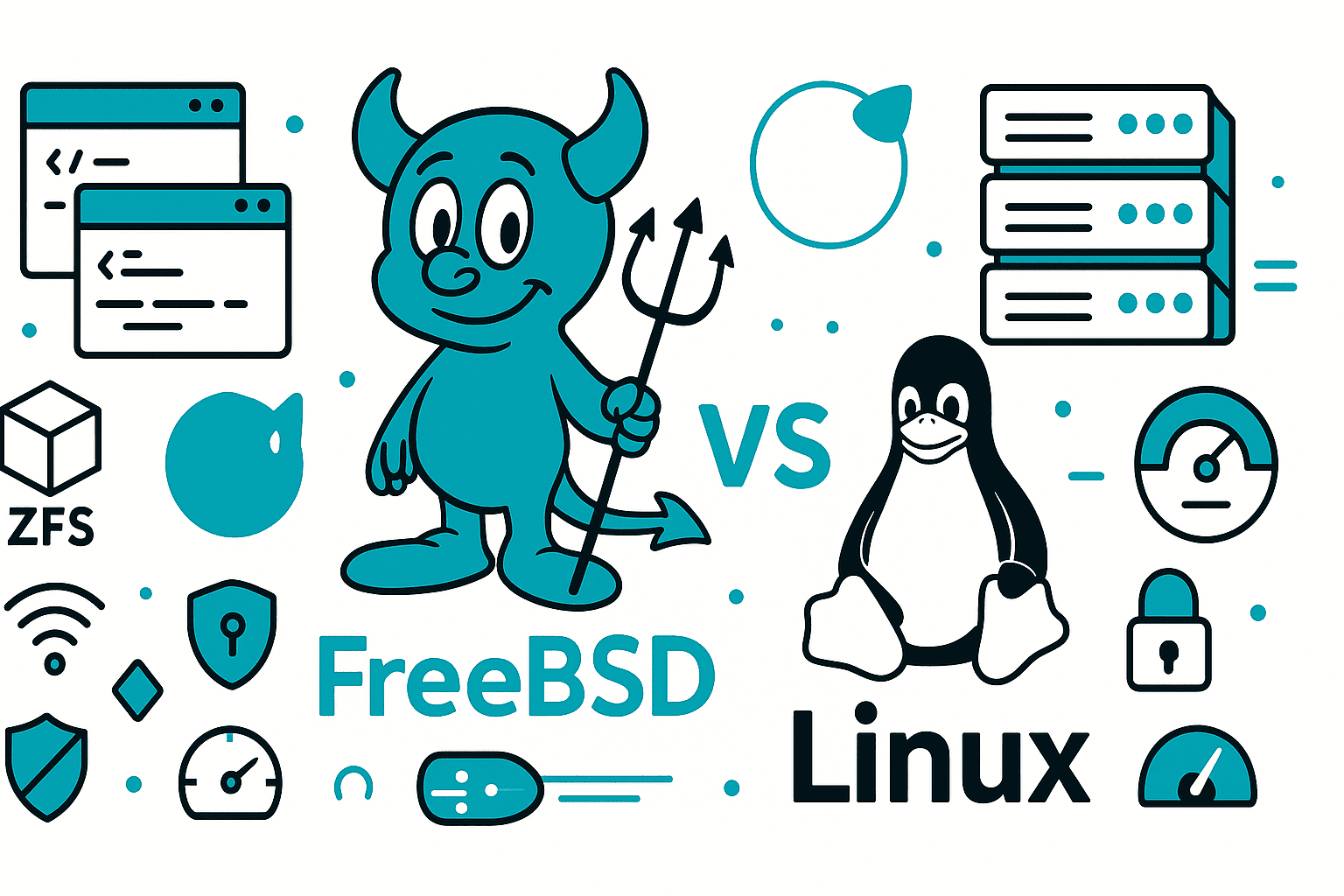
BSD Operating Systems: A Complete Guide to FreeBSD and How It Differs from Linux
Berkeley Software Distribution (BSD) represents one of the most influential yet often overlooked families of Unix-like operating systems. While Linux dominates headlines and market share, BSD systems like FreeBSD power critical infrastructure across the internet, from Netflix's content delivery network to WhatsApp's messaging servers. This comprehensive guide explores BSD operating systems, with a focus on FreeBSD, and clarifies the key differences between BSD and Linux.
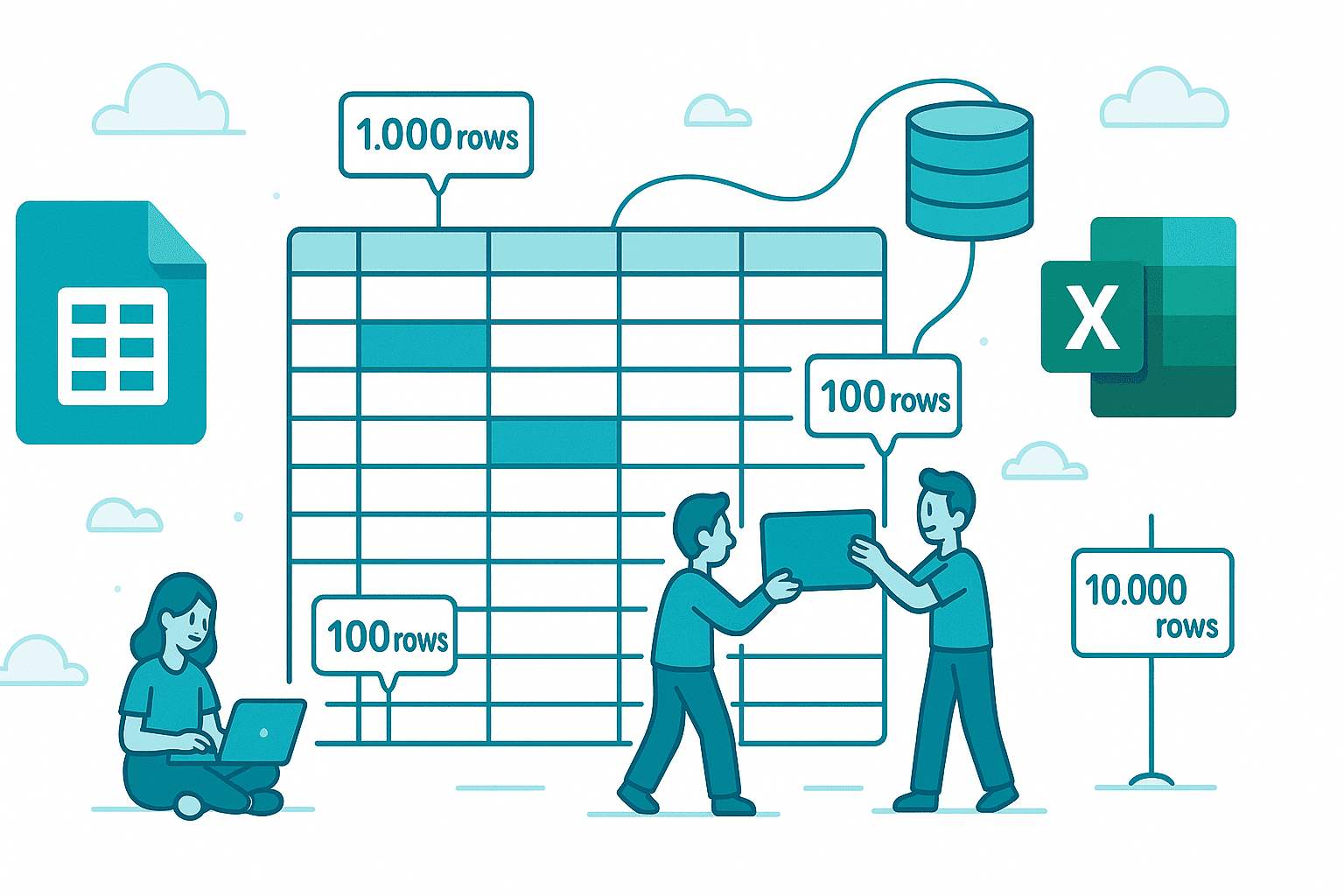
Using Spreadsheets as Databases: Google Sheets vs Excel for Different Project Sizes
When starting a new project, choosing the right database solution can feel overwhelming. Traditional databases like PostgreSQL, MySQL, or MongoDB are powerful but often overkill for small projects or prototypes. Enter spreadsheets: Google Sheets and Microsoft Excel can serve as surprisingly capable lightweight databases for many use cases.

Every Package Manager You Must Know Explained: Complete Developer's Guide 2025
Package managers are essential tools that automate the process of installing, updating, configuring, and removing software packages in development environments. Whether you're building web applications, mobile apps, or system-level software, understanding the right package manager for your technology stack is critical for productivity and project success.
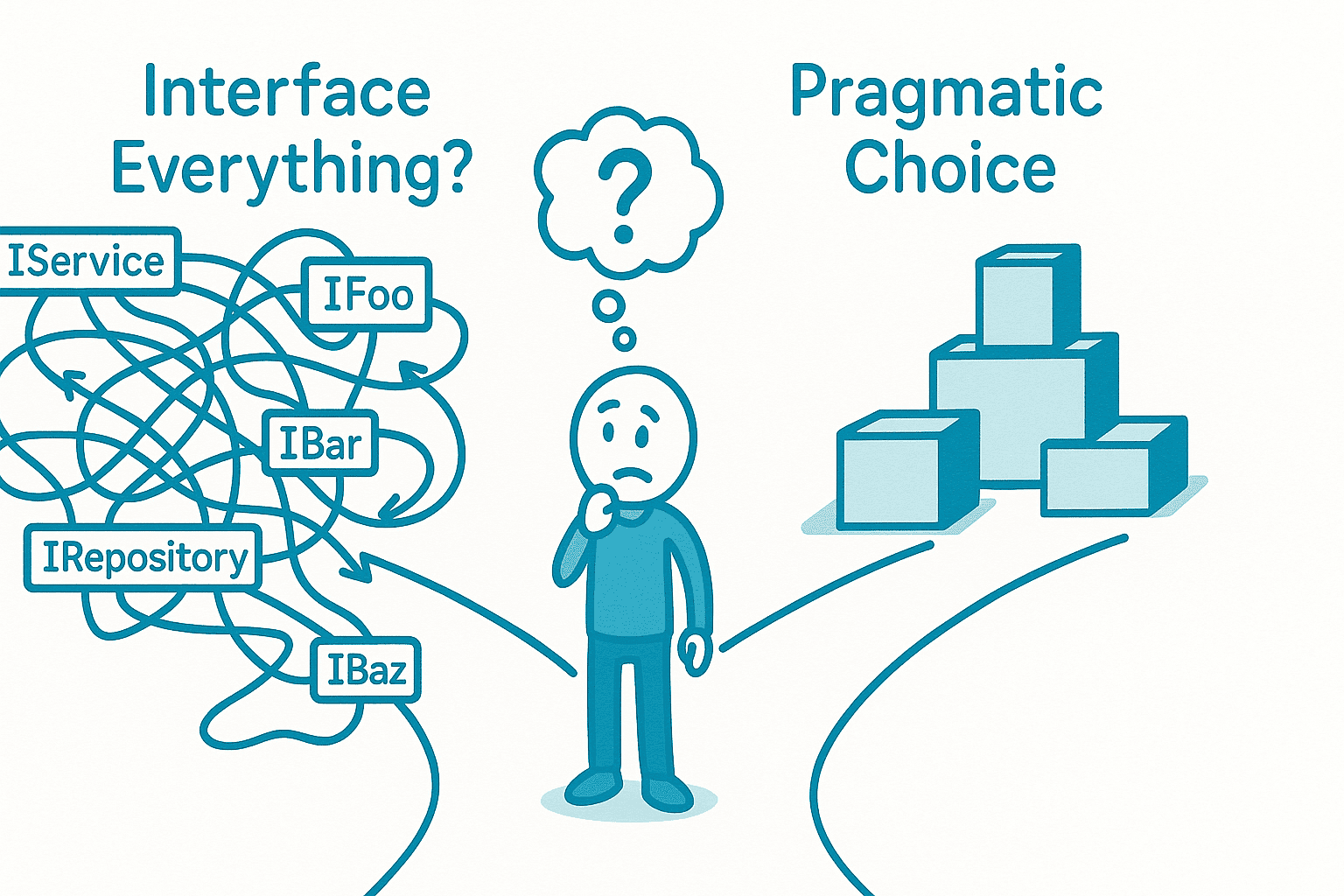
Is Interface-Based Programming in .NET an Anti-Pattern? Debunking Common Misconceptions
The software development community has long championed interfaces as a fundamental best practice in object-oriented programming. However, a growing number of experienced developers are questioning whether the widespread, almost reflexive use of interfaces has become an anti-pattern rather than a solution. This article explores the often-overlooked downsides of interface overuse, examines practical alternatives, and provides guidance on when interfaces genuinely add value versus when they create unnecessary complexity.
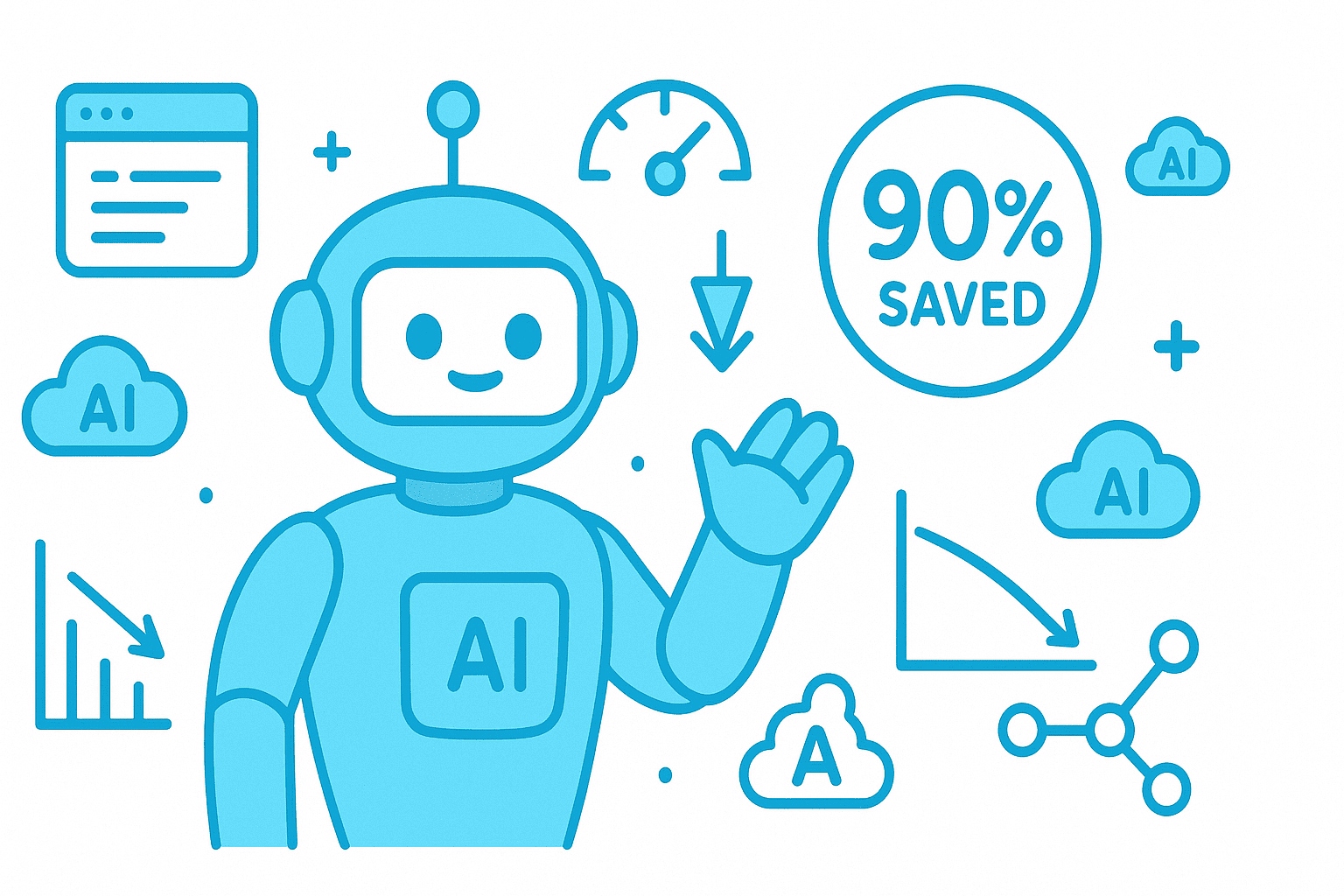
LLM Cost Optimization Strategies: A Comprehensive Guide to Reducing AI Expenses by Up to 90%
Discover proven LLM cost optimization strategies that can reduce your AI expenses by up to 90%. Learn practical techniques including prompt engineering, model selection, caching, and real-world implementation examples.
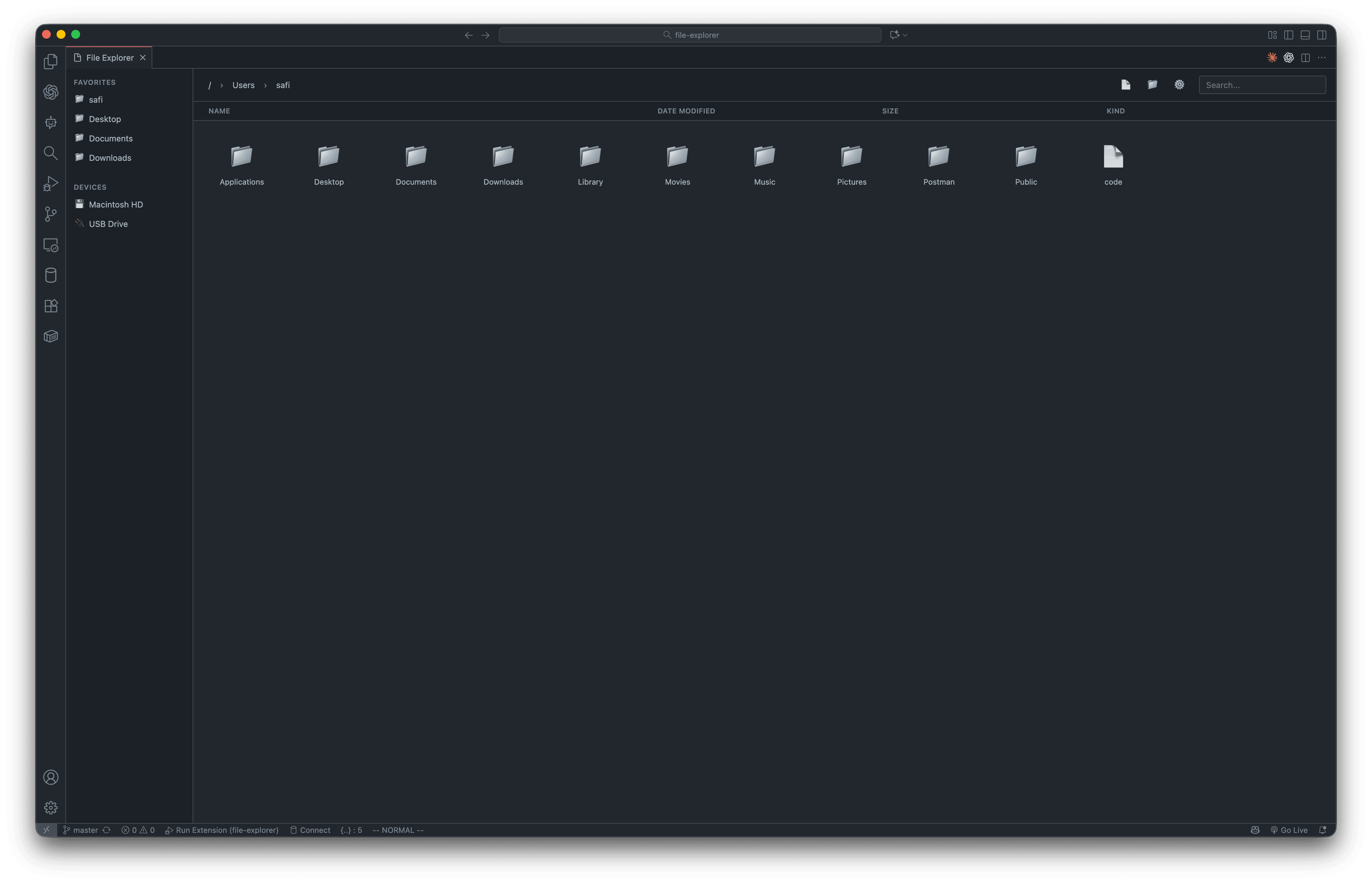
I Built a Better File Explorer for VSCode Because macOS Finder is Painful
As a developer who spends 8+ hours a day in Visual Studio Code, constantly switching between my code editor and Finder feels like productivity torture. The context switching, the slow previews, the clunky interface - it all adds up to wasted time and broken concentration.
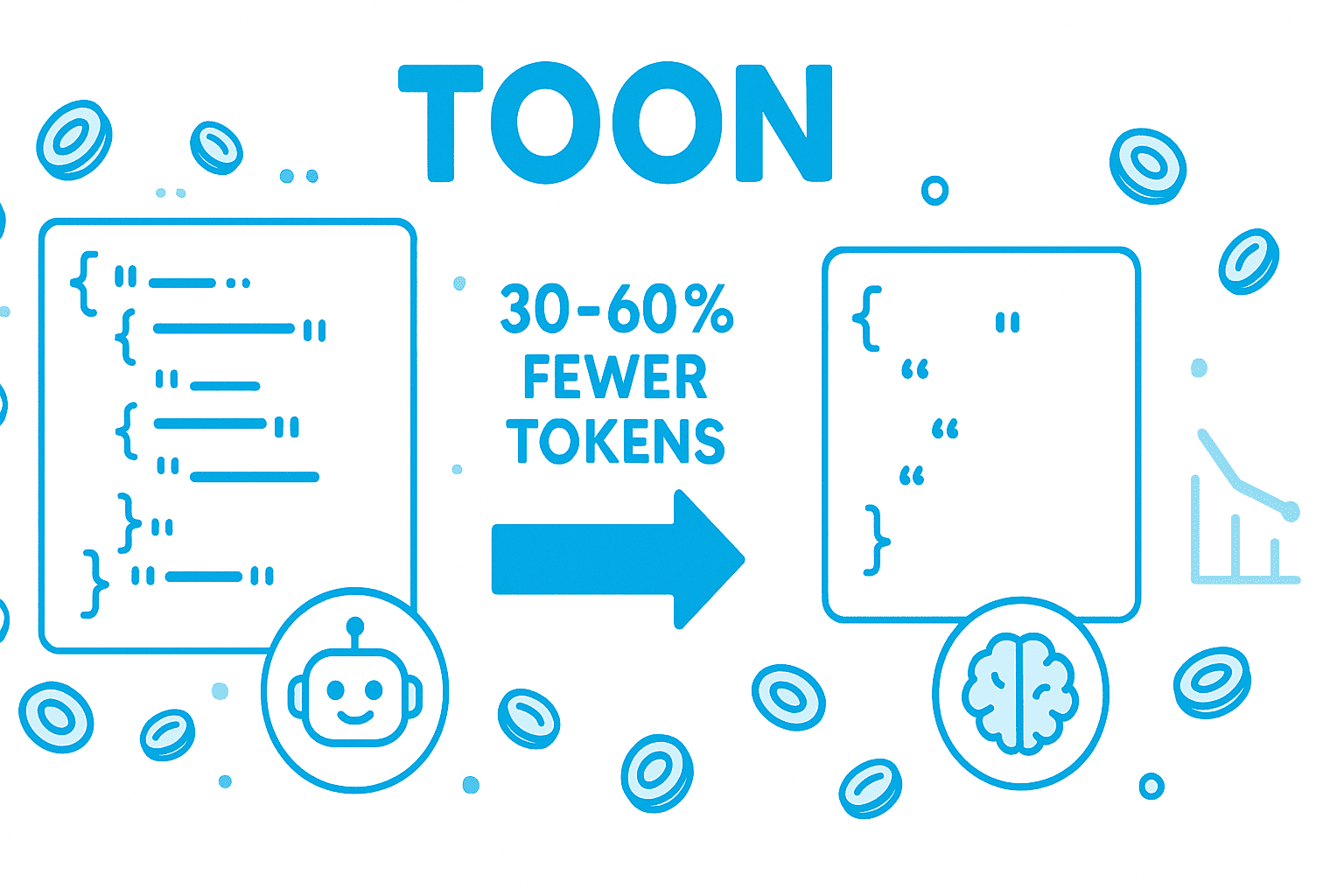
TOON: The Token-Efficient Data Format for LLM Applications - Complete Guide 2025
Discover TOON (Token-Oriented Object Notation), a revolutionary data format that reduces LLM token consumption by 30-60%. Learn how to optimize AI costs with implementations in Python, JavaScript, C#, Go, and PHP.

Mastering CSS Combinators and Attribute Selectors: A Complete Guide
CSS combinators are powerful selectors that define relationships between elements in your HTML document. While basic element, class, and ID selectors are essential, understanding combinators elevates your CSS skills and enables you to write more efficient, maintainable stylesheets. This comprehensive guide explores descendant selectors, child combinators, sibling combinators, and attribute selectors with practical examples in both vanilla CSS and Tailwind CSS.
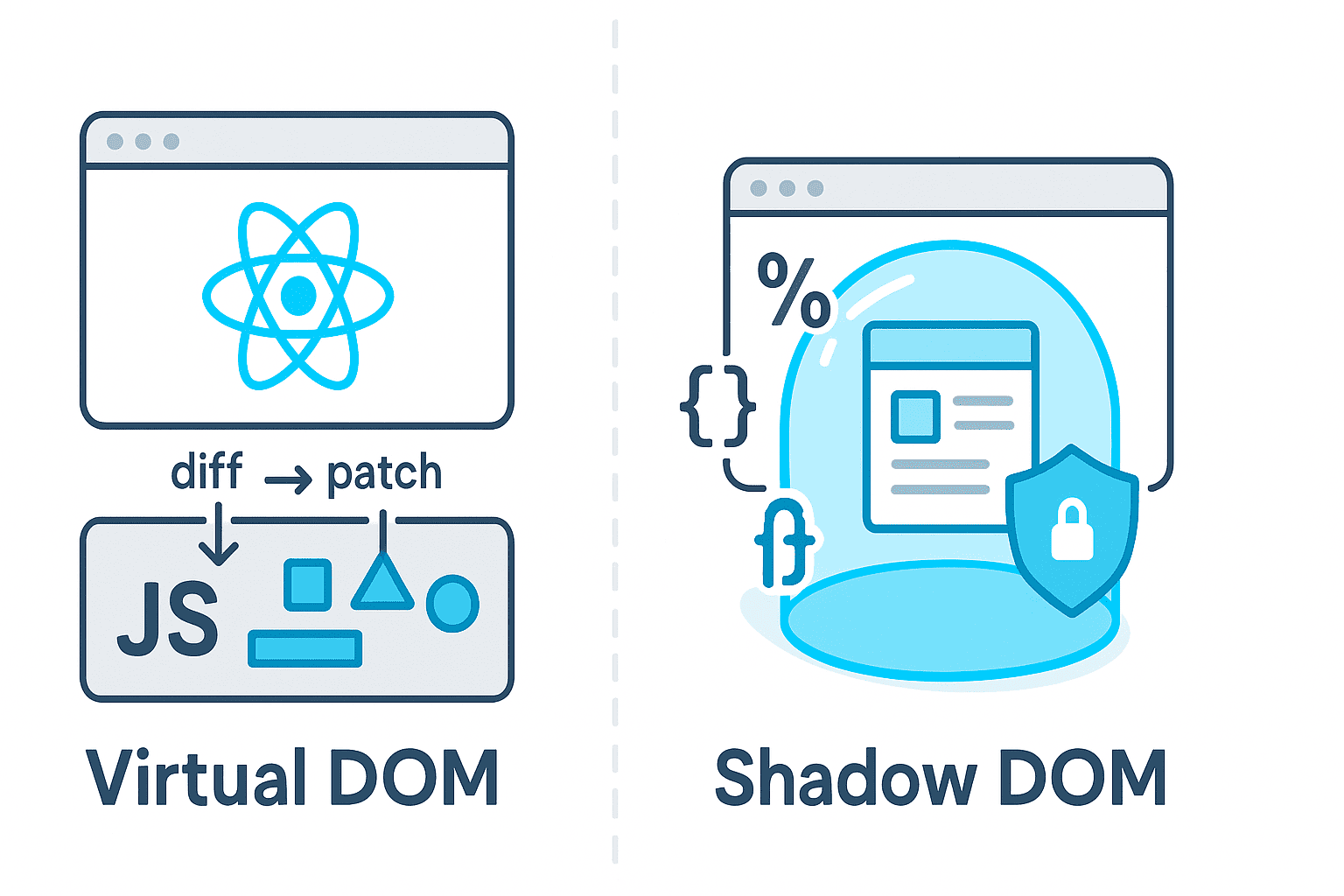
Shadow DOM vs Virtual DOM: Understanding Browser-Native Encapsulation for React Developers
If you're a React developer, you're likely intimately familiar with the Virtual DOM - that clever abstraction that makes React so performant. But there's another DOM concept that deserves your attention: the Shadow DOM. Despite the similar naming, these are completely different technologies solving entirely different problems. The Shadow DOM is a powerful browser feature that enables true isolation and encapsulation for UI components, and understanding it can level up your web development skills beyond framework-specific knowledge.

Why Your Internal Team Can't Build Everything: When to Hire a Contractor
Your internal engineering team is talented, dedicated, and stretched impossibly thin. Sound familiar? As an engineering leader, you're facing a reality that keeps you up at night: critical projects sitting in backlog, specialized technical challenges your team hasn't tackled before, and executive pressure to deliver faster. The question isn't whether your team is capable, it's whether trying to build everything in-house is the right strategic decision. Knowing when to hire a contractor can transform bottlenecks into momentum without compromising your team's core mission.
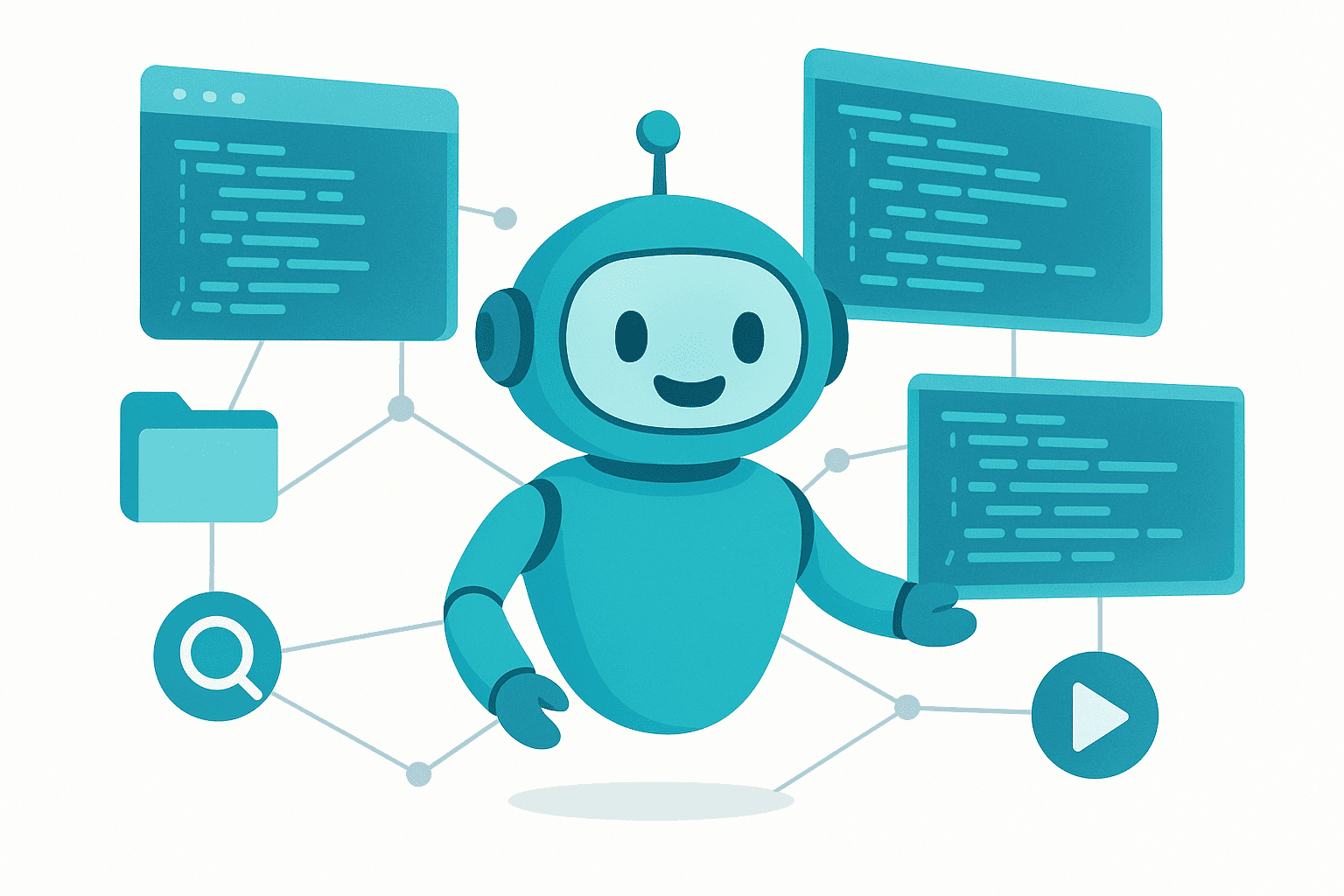
Claude Code Agents: A Comprehensive Guide for Developers and Researchers
Claude Code agents represent a paradigm shift in how developers interact with AI-assisted coding tools. Built on Anthropic's Claude Agent SDK, these specialized agents extend the capabilities of Claude's foundation models into autonomous, task-specific workflows that can handle complex, multi-step software engineering tasks with minimal human intervention.
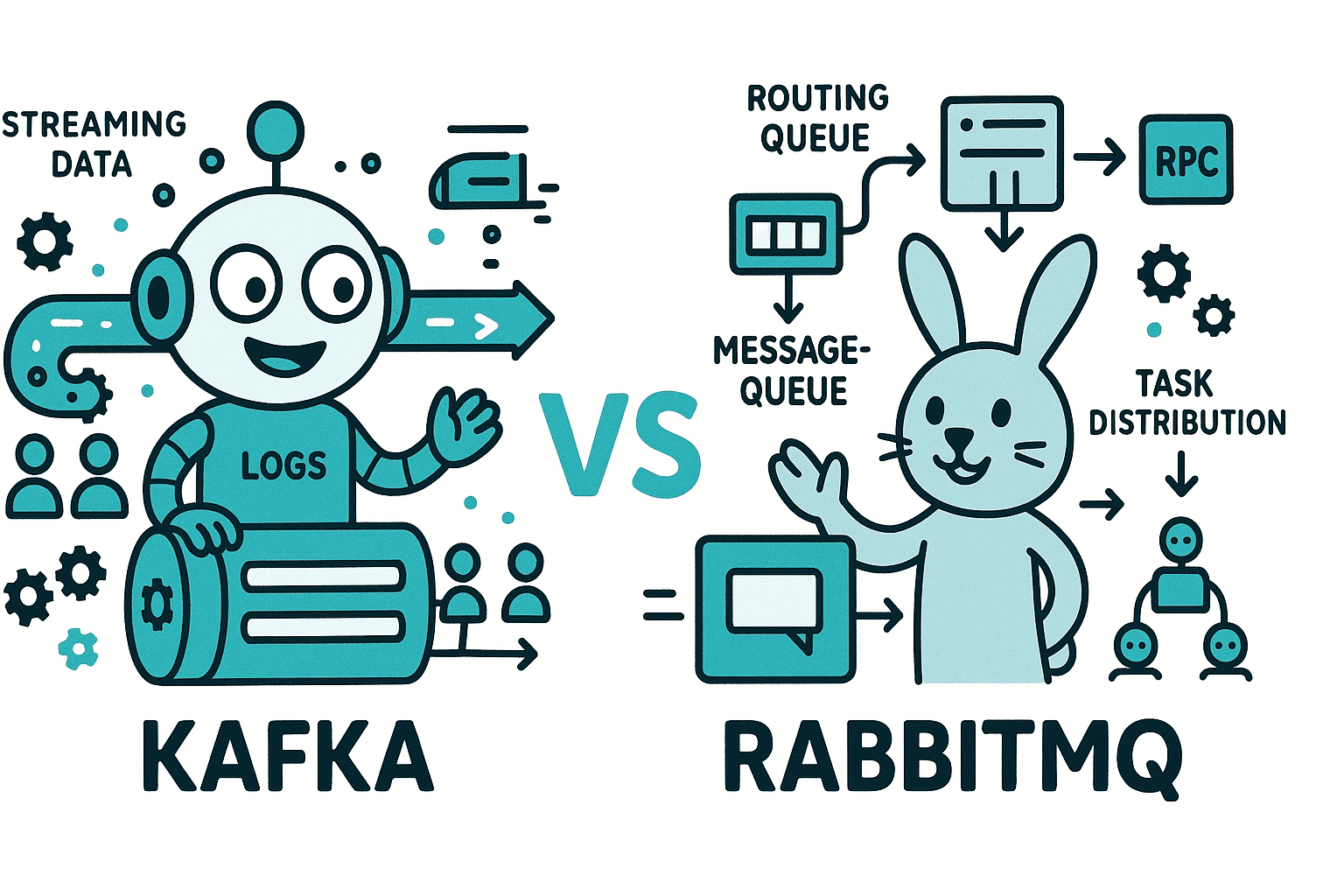
Kafka vs RabbitMQ: Complete Comparison Guide for 2025
Choosing between Apache Kafka and RabbitMQ is one of the most critical decisions when designing a distributed system. While both are powerful messaging solutions, they serve fundamentally different purposes and excel in different scenarios. This comprehensive guide will help you understand the key differences, use cases, and when to use each technology.